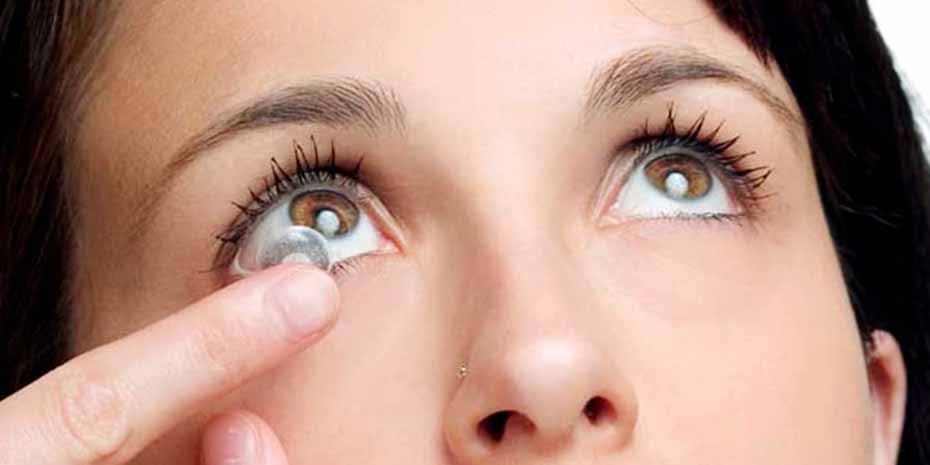Did your visit to the eye doctor leave your bewildered? That too not because your eyes are in danger but you’re unable to read the prescription to your contact lenses!
We understand that reading a contact lens prescription can be tough and the doctor’s handwriting is least of your issues here because the codes and abbreviations make no sense for you.
However, such is not the case with opticians who manufacture contact lenses and they understand all of it. But what about when you need to place and order online?
Unlike contact lenses 4 , where you can order a variety of disposable contact lenses without prescription, opticians do not do it. Well, to know the right expiry date, number, and right fit of the lenses, prescriptions are a legit way too.
So, here we have attempted to decode the prescription of contact lenses for you.
- Term used to denote the issues with the right eye.
- Term used to denote the issues with the left eye.
- In case both the eyes need the same prescription.
- SPH/Sphere. It is the term used to denote the sphere of the eye in dioptres, showing how far-sighted or near-sighted you are.
- Power/PWR. It is another term used to denote Sphere in some prescriptions.
- ‘+’ sign. It denotes how far-sighted you are. The higher the ‘+’ number is, the more trouble you have in seeing things placed closer to you.
- ‘-‘ sign. It denotes how near-sighted you are. The higher the ‘-‘ number is, the more trouble you have seeing the things that are placed at a distance from you.
- BC/ Base Curve. It is the curve of the cornea that decides the curve of the lens, i.e., base curve. Usually, it is a number between 8 and 10.
- DIA/Diameter. Ranging from 13 to 15 millimetres, diameter is the width of the lens. This has to be accurate for the edge of the lens to meet the edge of your eye.
- Different brands offer different sixes of lenses. Therefore, the doctor recommends which brand lenses will fits you the best.
Astigmatism and its Abbreviations:
- When the curvature of the eye is slightly tilted, a correction Axis on the lens at an angle is suggested from 0 to 180 degrees.
- CYL/Cylinder. It determines the degree of astigmatism and correction required.
For multifocal or bifocal vision:
- ADD/Addition. Term used to define the level of trouble with near vision and correction required.
Apart from decoding the abbreviations on the prescriptions, here are a few things you need to keep in mind:
- If you want to escape eye problems such as dryness, irritation, and blurry vision, you should get your prescription updated as soon as it expires. Usually, the prescription is left of no use to the optician in one year and it is the time you should visit your ophthalmologist for an eye exam again.
- Prescriptions for contact lenses are different from those for eyeglasses and you need to have separate eye check-ups for both.
In the end, it is the prescription that enables you to take proper medicines to heal and the same for contact lenses will help you achieve a clear vision. So, now that you know how to read it, get contact lenses made for yourself and bid farewell to glasses.








